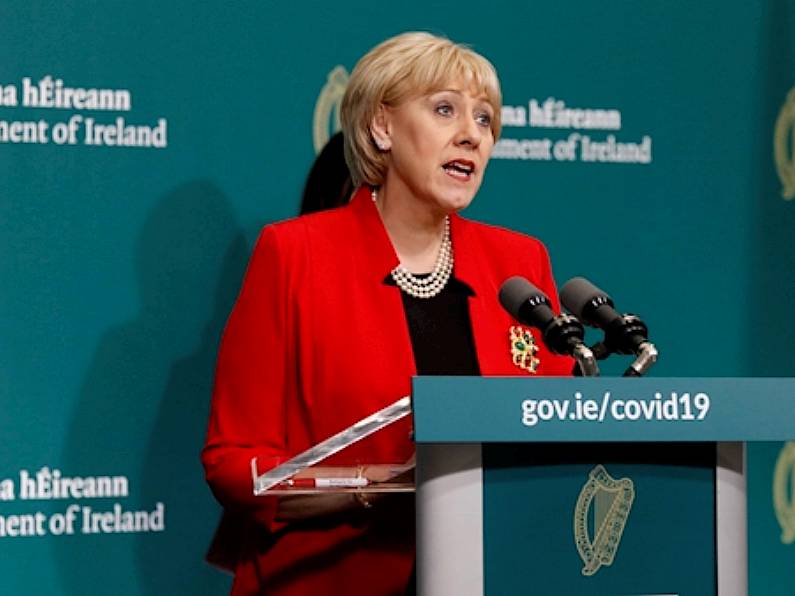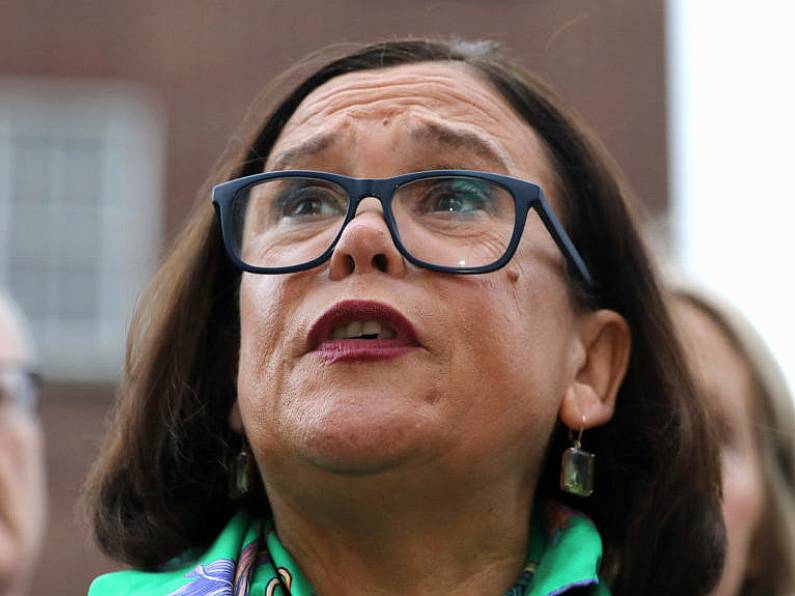
Social protection payments amounted to €20.9 billion in 2019, representing 24 per cent of general Government expenditure and 6 per cent of GDP.
Meanwhile, the percentage of the social welfare budget spent on pensions increased from 28 per cent in 2010 to 40 per cent in 2019, according to the Statistical Information on Social Welfare Services Annual Report 2019.
The figures in this report refer to expenditure, recipients and beneficiaries of various schemes administered by the Department of Social Protection.
Some scheme data has been further broken down by age, gender and county. It also includes ten-year trends on expenditure and the numbers of recipients and beneficiaries.
Some of the main findings of the report are:
- Over 1.3 million people were in receipt of a weekly social welfare payment, which was paid in respect of over 2 million beneficiaries
- There were 650,000 recipients of the State pension in 2019, with expenditure totalling €8.2 billion
- Spending on jobseeker’s allowance and jobseeker's benefit amounted to €2 billion in 2019, a reduction of €2.1 billion (52 per cent) since 2010
- There was €4.5 billion paid on illness, disability and caring payments in 2019 with carer’s allowance and disability allowance accounting for €2.6 billion of this expenditure
- Approximately €700 million was spent on allowances relating to fuel, electricity, gas, telephone support, the TV licence, and free travel
Minister for Social Protection Heather Humphreys said: “I welcome the publication of the latest Statistical Information on Social Welfare Services, which provides comprehensive data on all schemes under the administration of my Department. While the report relates to social welfare schemes in 2019 before the Covid-19 pandemic, we must also bear in mind the profound impact that the pandemic has had on the labour market this year and consequently the added pressure that it places on certain elements of the social welfare budget.
“The report charts the changes in Social Welfare payment and recipients over the previous ten years, and highlights how the recovery of the economy is reflected in the decrease of numbers in receipt of Working Age Income and support payments in particular."














